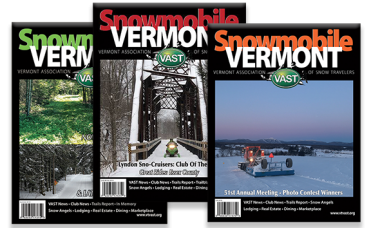NO ICE IS SAFE ICE
• Many ice drownings involve children. When your child is near ice, you should be near your child.
Avoid alcoholic beverages when you're on the ice. They can make you feel colder and slow down your reaction time in case of an ice emergency.
• Carry two large nails to use as ice picks to pull yourself out if you fall through thin ice.
Never drive on the ice at night.
• Avoid pressure ridges and areas with current if you do choose to drive on the ice.
• Drive with your windows down and doors partially open to avoid becoming trapped if your car breaks through.
Ice Safety
When is ice safe? There really is no sure answer. You can’t judge the strength of ice just by its appearance, age, thickness, temperature, or whether or not the ice is covered with snow. Strength is based on all these factors -- plus the depth of water under the ice, size of the water body, water chemistry and currents, the distribution of the load on the ice, and local climatic conditions.
There is no such thing as 100 percent safe ice!
Some cold facts about ice!!!!!
- New ice is usually stronger than old ice. Four inches of clear, newly formed ice may support one person on foot, while a foot or more of old, partially thawed ice may not.
- Ice seldom freezes uniformly. It may be a foot thick in one location and only an inch or two just a few feet away.
Ice formed, overflowing water, and currents are often dangerous. This is especially true near streams, bridges, and culverts. Also, the ice on the outside of the river bends is usually weaker due to the undermining effects of the faster current. - The insulating effect of snow slows down the freezing process. The extra weight also reduces how much weight the ice sheet can support. Also, ice near shore can be weaker than ice that is farther out.
Booming and cracking ice isn’t necessarily dangerous. It only means that the ice is expanding and contracting as the temperature changes. - Schools of fish or flocks of waterfowl can also adversely affect the relative safety of ice. The movement of fish can bring warm water up from the bottom of the lake. In the past, this has opened holes in the ice, causing snowmobiles and cars to break through.




